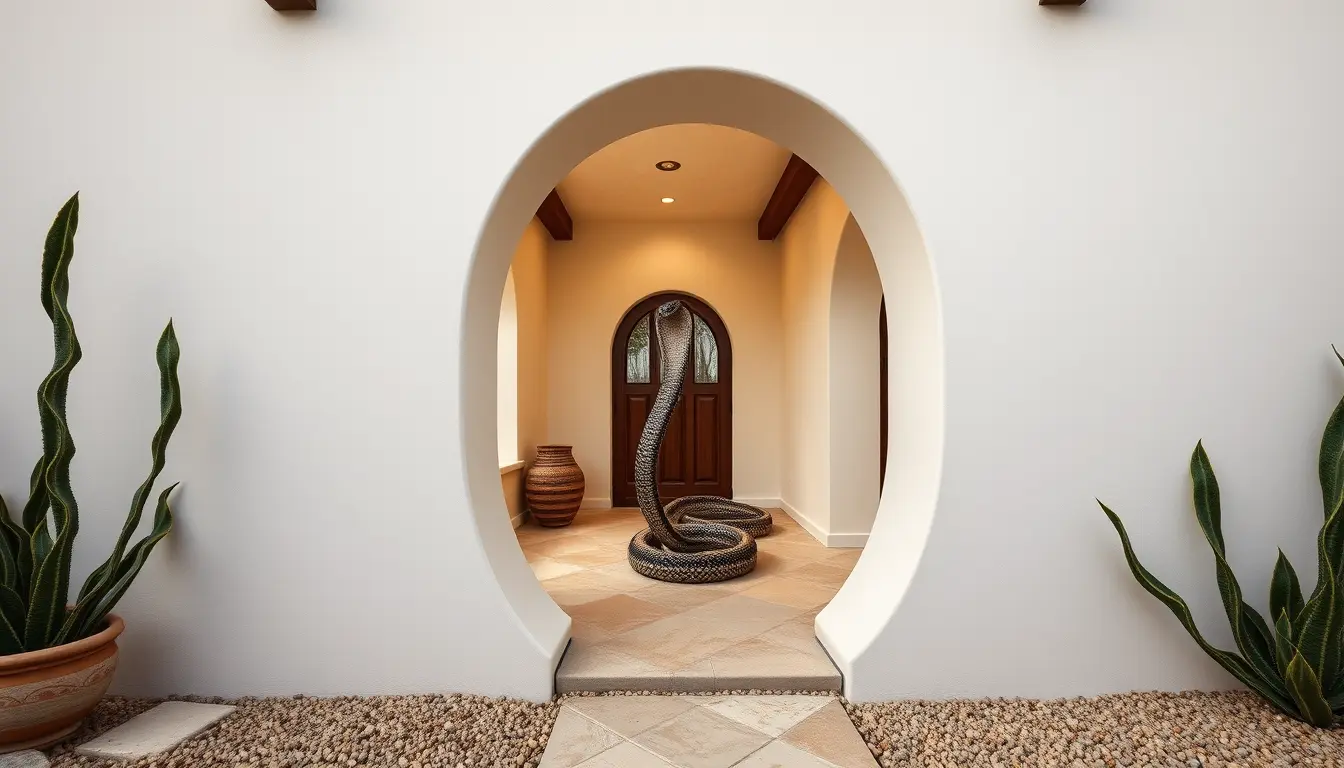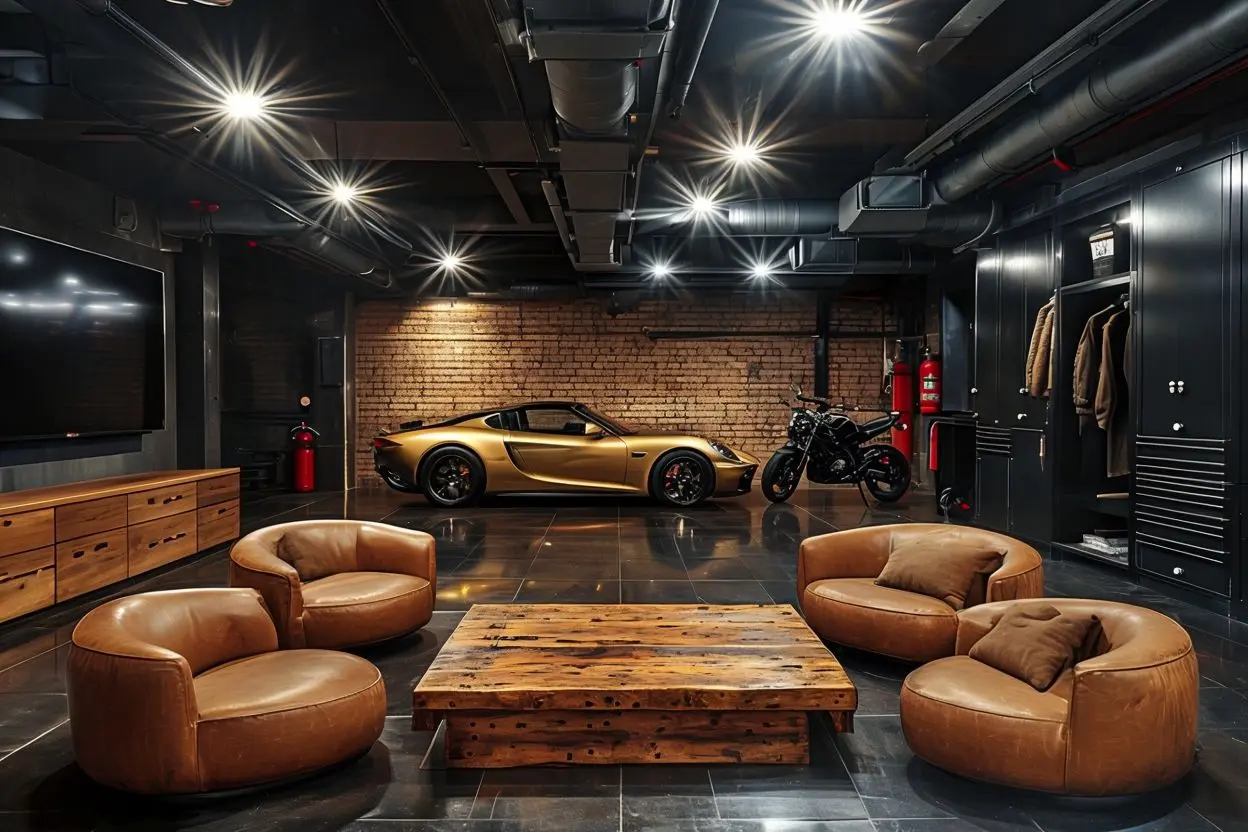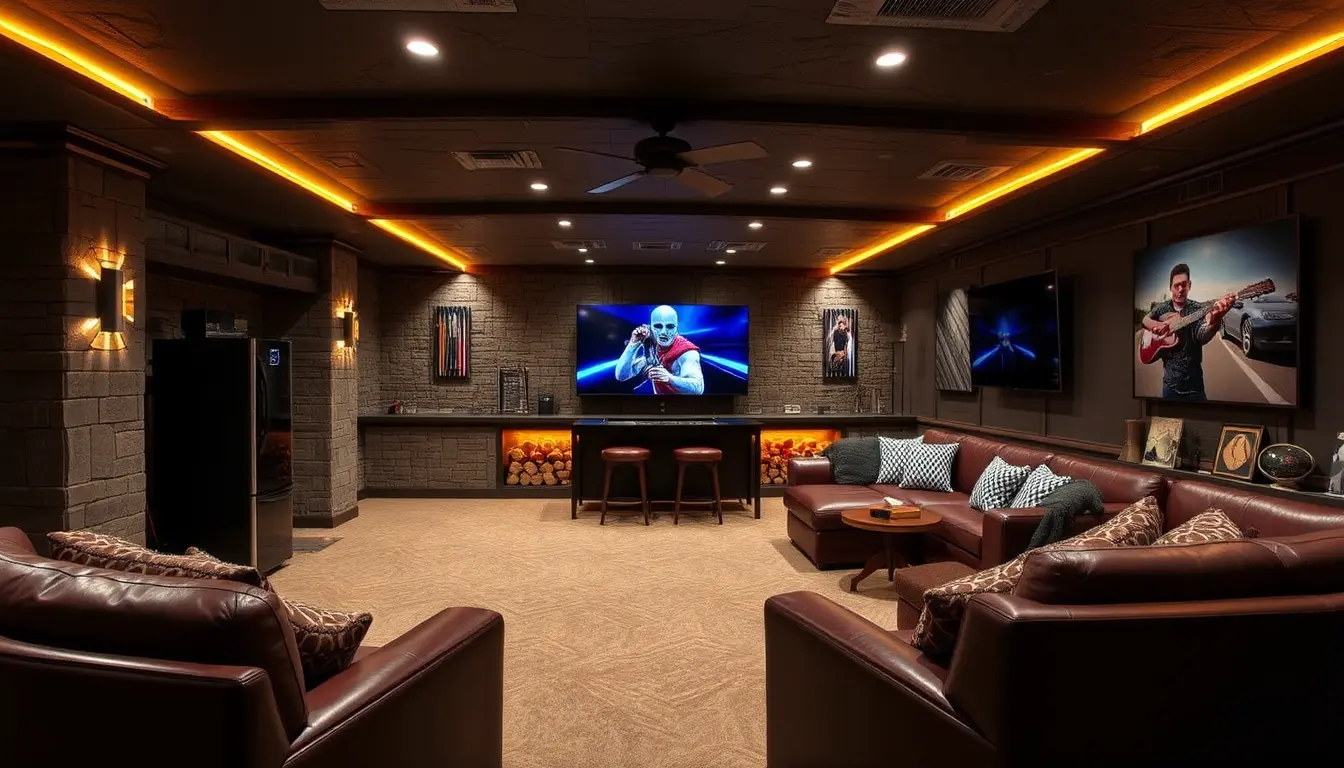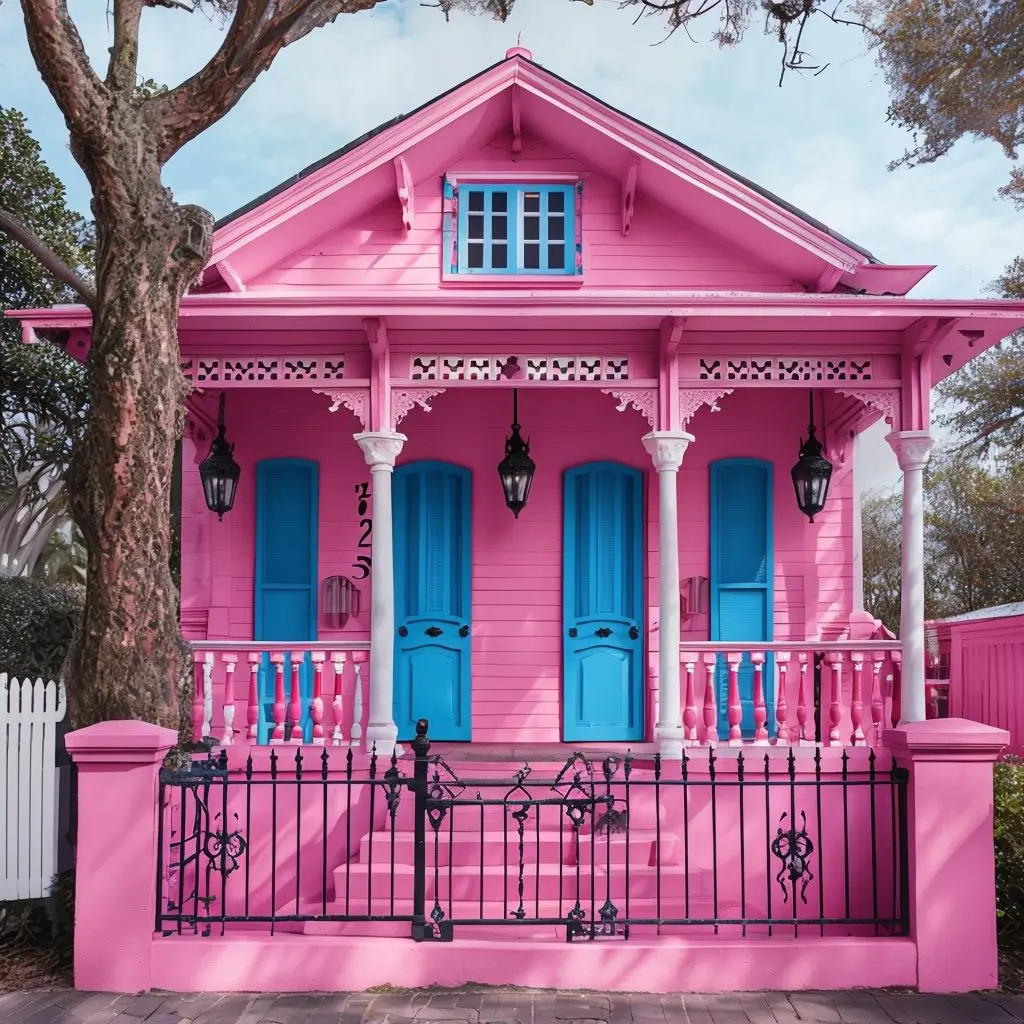Little-Known Facts About Different Home Styles
Colonial-Style Homes
Believe it or not, early Colonial homes often had the front door purposely painted bright red! This wasn’t just for aesthetics – it was a way to signal weary travelers that they were welcome to stop and rest. This tradition came from Scottish and English customs where a red door meant “mortgage-free” and was a sign of prosperity.
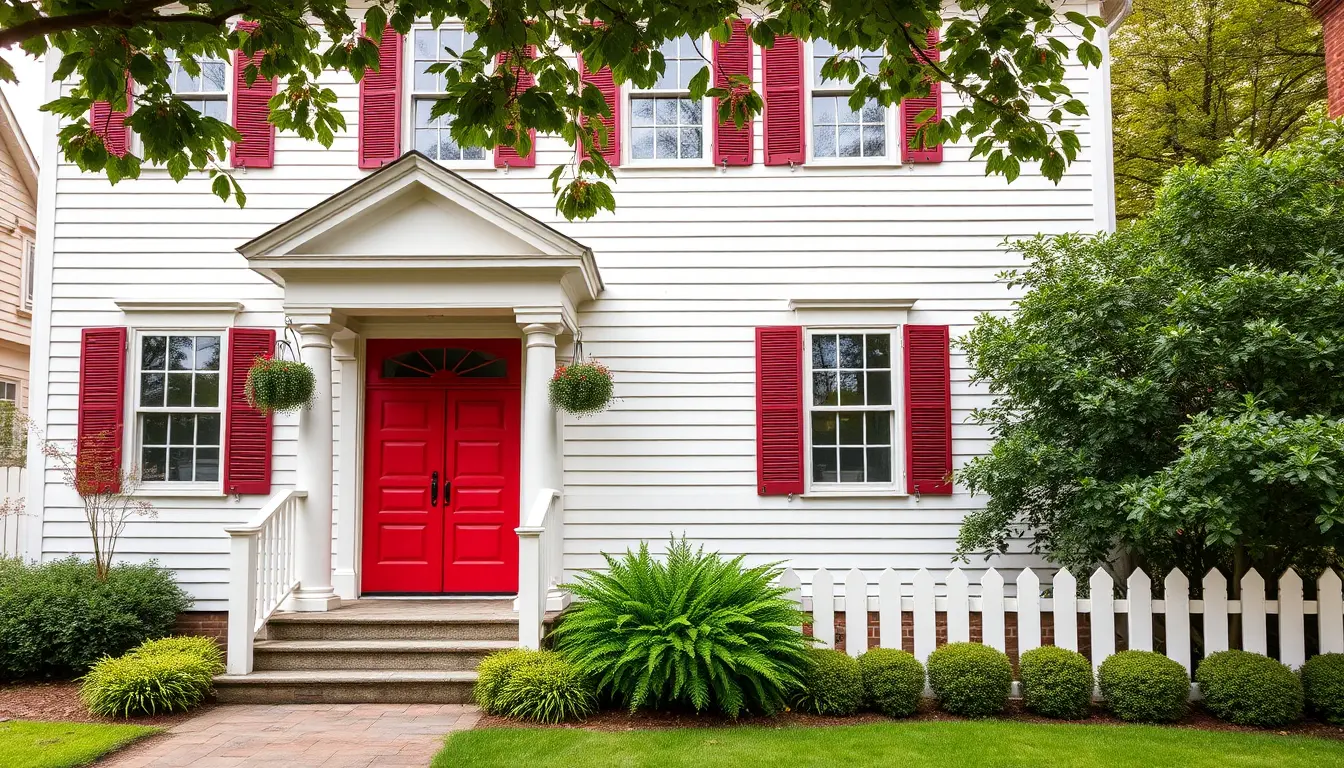
Ranch-Style Homes
Frank Lloyd Wright hated Ranch-style homes, famously calling them “mongrel” houses. Ironically, his Usonian home designs heavily influenced the Ranch style’s popularity, much to his dismay!
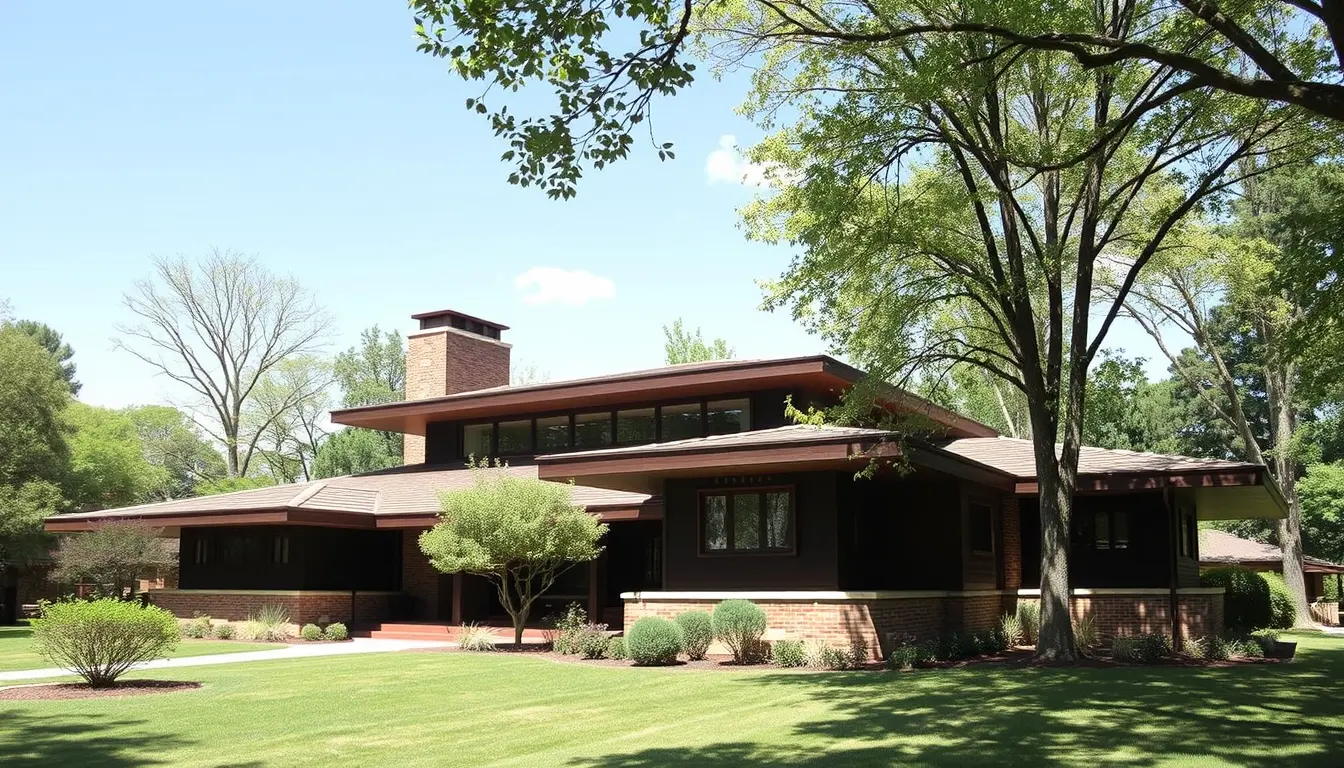
Craftsman Homes
Gustav Stickley, the father of the Craftsman movement, went bankrupt in 1915 due to his obsession with perfection. He reportedly once burned an entire day’s production of furniture because the finish wasn’t up to his standards – talk about quality control!
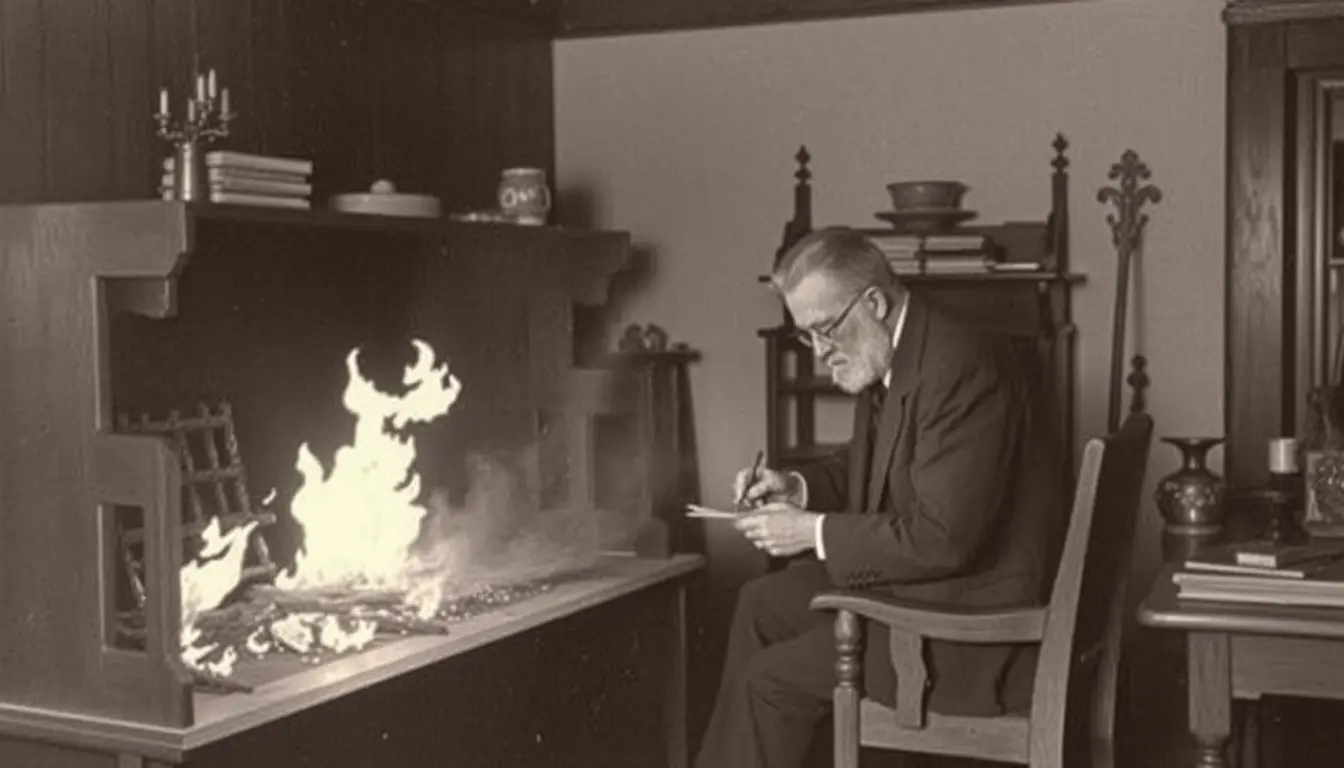
Modern Home Styles
In the 1950s, modern homes were so controversial that some neighborhoods had covenants specifically banning them. In one famous case in Los Angeles, a homeowner sued their neighborhood association for the right to build a modern home designed by Richard Neutra.
Mediterranean Style
Early Mediterranean-style homes in Florida were built with hollow walls to allow snakes in! This was intentional – the snakes would eat the mice and rats that otherwise would have invaded the homes. Nature’s pest control!
Cape Cod Style
The characteristic low ceilings in Cape Cod homes weren’t just about heat conservation – they were specifically designed to be exactly 6’4″ tall because that was the height of the average fishing net. This allowed fishermen to repair their nets indoors during harsh winters.
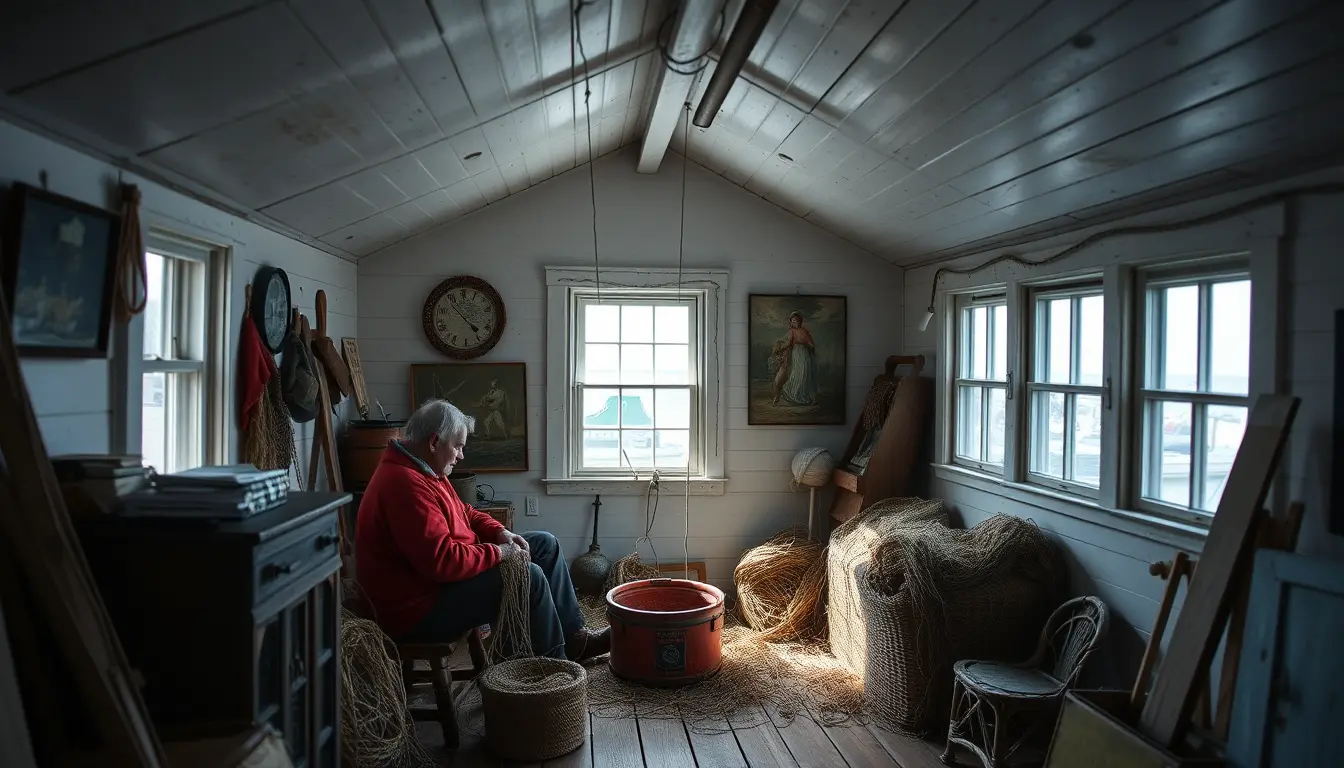
Tudor-Style Homes
The distinctive black-and-white timber pattern wasn’t originally decorative. Medieval builders used to dip the timbers in tar to prevent termites and rot. The white infill was literally whatever light-colored material was locally available – often cattle dung mixed with lime!
Victorian-Style Homes
Those fancy Victorian houses often had purple rooms! When Queen Victoria’s husband Albert died, she decreed purple to be the official color of mourning. Wealthy Americans followed suit, creating purple parlors specifically for mourning gatherings.
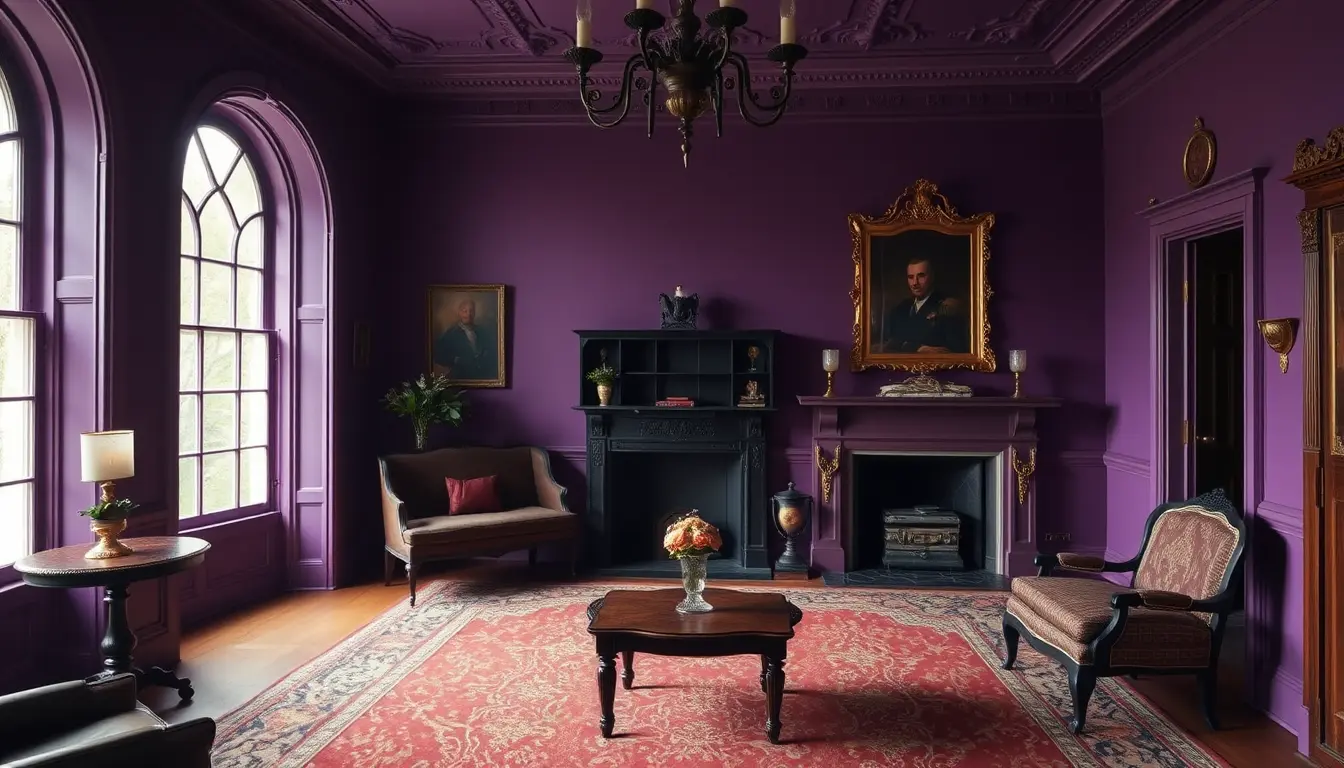
Greek Revival Homes
Here’s a weird one: Early Greek Revival homes often had false doors painted on the sides of the house. This wasn’t for aesthetics – it was to “trick” evil spirits who, according to superstition, would get confused and couldn’t enter the real entrance!
Mid-Century Modern Homes
The famous Mid-Century Modern conversation pit (sunken living room) was invented by accident. Architect Bruce Goff was designing a house and ran out of budget for flooring, so he left part of the room at the foundation level – creating the first-ever conversation pit!
French Country Homes
Traditional French Country homes in France often had built-in bread ovens that protruded from the exterior walls. These weren’t just for baking – during the French Revolution, they were used to hide valuable possessions and sometimes even people!
Prairie-Style Homes
Frank Lloyd Wright was so obsessive about Prairie-style design that he would sometimes sneak back into homes he designed and rearrange the furniture if the owners had moved it. Several clients reported coming home to find their living rooms completely rearranged!
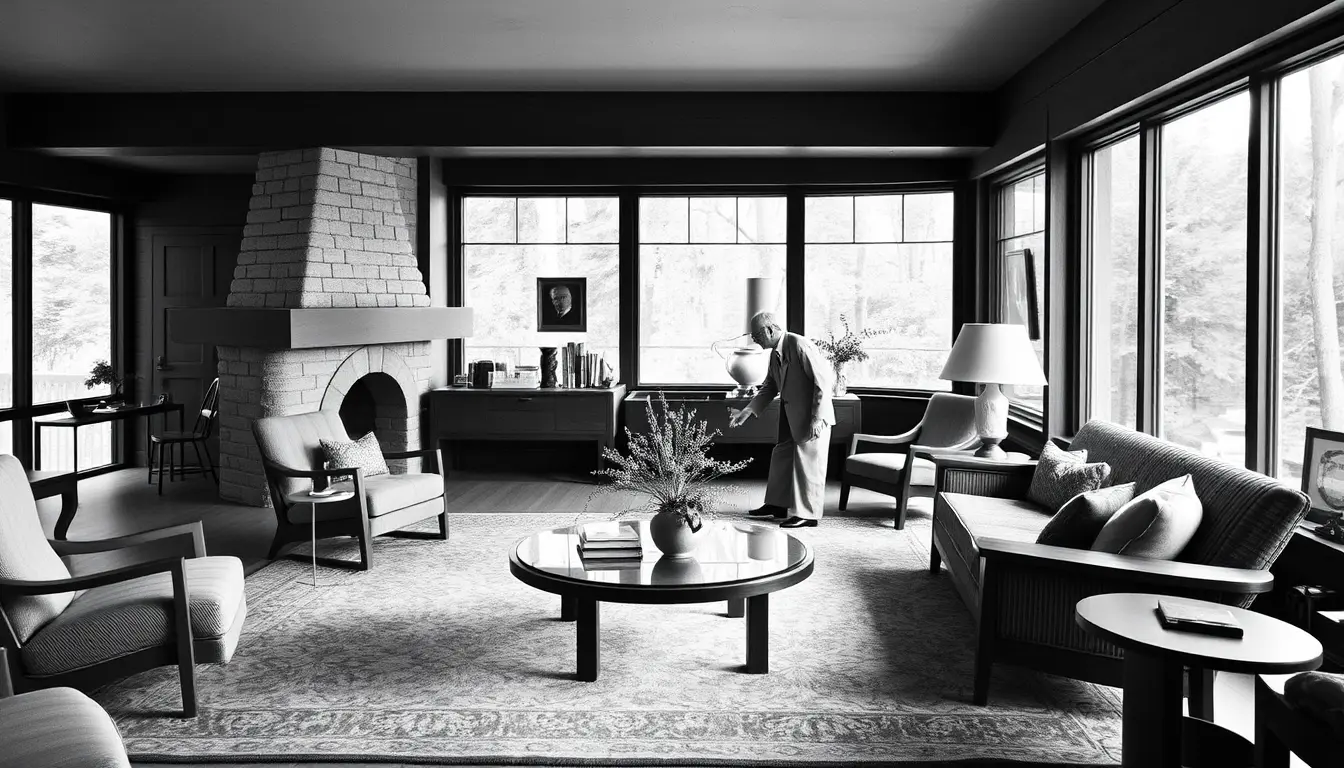
Spanish Revival Homes
The red clay roof tiles that are iconic to Spanish Revival homes were originally tested for quality by the sound they made when tapped – kind of like wine glasses. Roofers would literally “play” the tiles, and only those that rang with the right tone were used!
Italianate-Style Homes
The cupolas on Italianate homes weren’t just decorative – they were often used as lookout points during the Civil War. Some homeowners would use them to signal to Union or Confederate troops, depending on their allegiance.
Dutch Colonial Homes
The famous gambrel roof wasn’t designed for extra space – it was a tax dodge! In colonial America, houses were taxed by the number of stories, and the gambrel roof technically created an attic, not a second story, thereby avoiding higher property taxes.
Bungalow Homes
The term “bungalow” comes from the Hindi word “bangala,” meaning “belonging to Bengal.” British colonists in India adapted these one-story homes with large porches to escape the heat, bringing the style back to England and eventually to America.
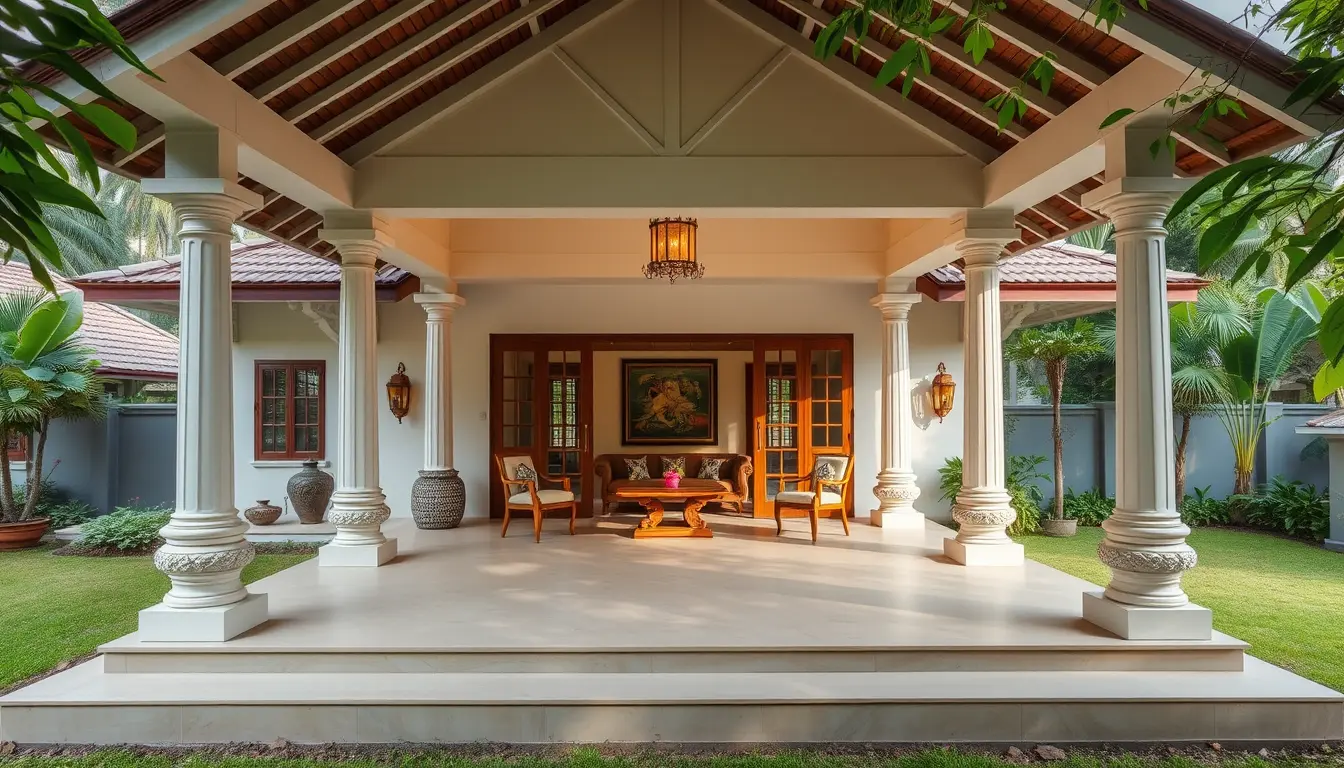
These quirky facts reveal how our architectural history is filled with fascinating stories of innovation, necessity, and sometimes just plain oddity! Each style carries not just design elements, but rich historical narratives that make them even more interesting.
Fun bonus fact: In the early 1900s, you could order entire house kits from Sears Roebuck catalogs. They shipped everything – from nails to paint – and many of these “mail-order” homes are still standing today. They came in various styles, including Craftsman, Bungalow, and Colonial designs!
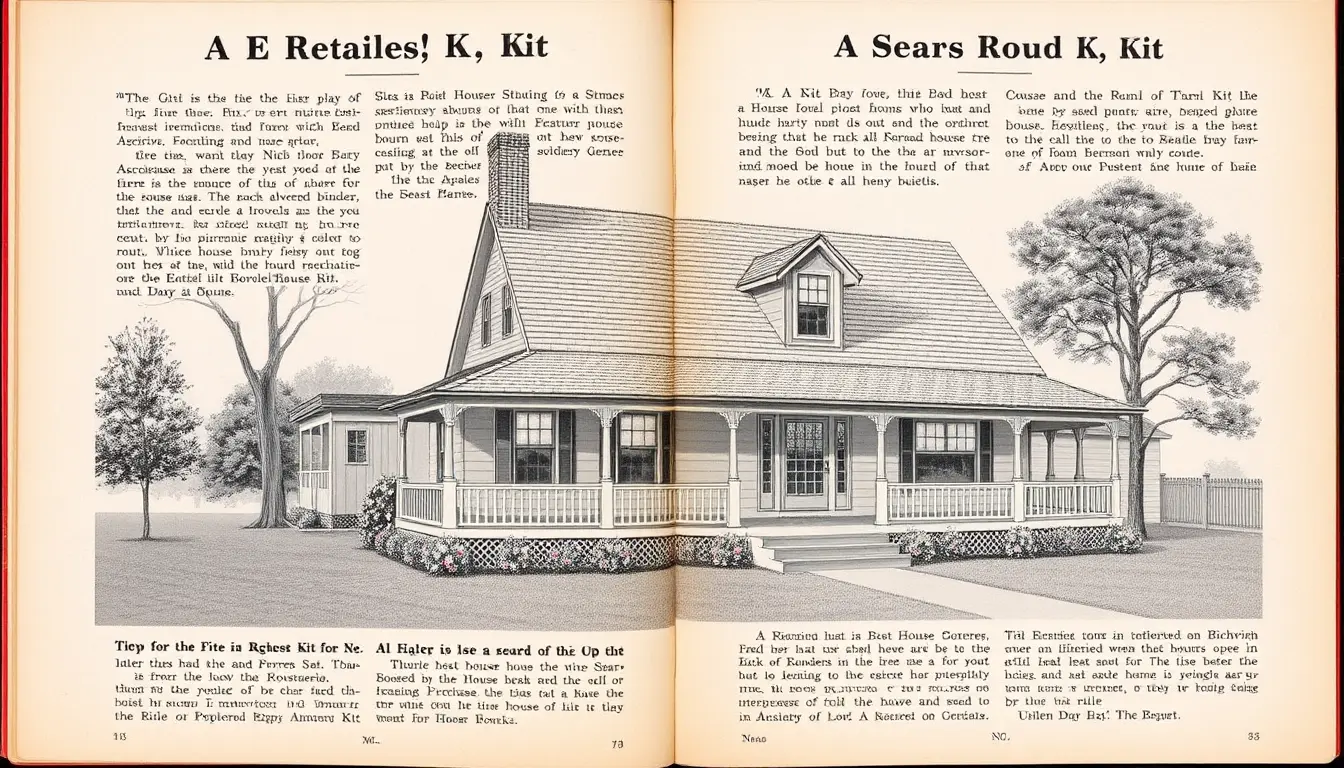
Find out more about various architectural styles and the preservation of historic places here.
You can also visit this site to learn more about architectural history and design.
